Home>Furniture & Design>Outdoor Furniture>What Wood Is Best For Outdoor Furniture?
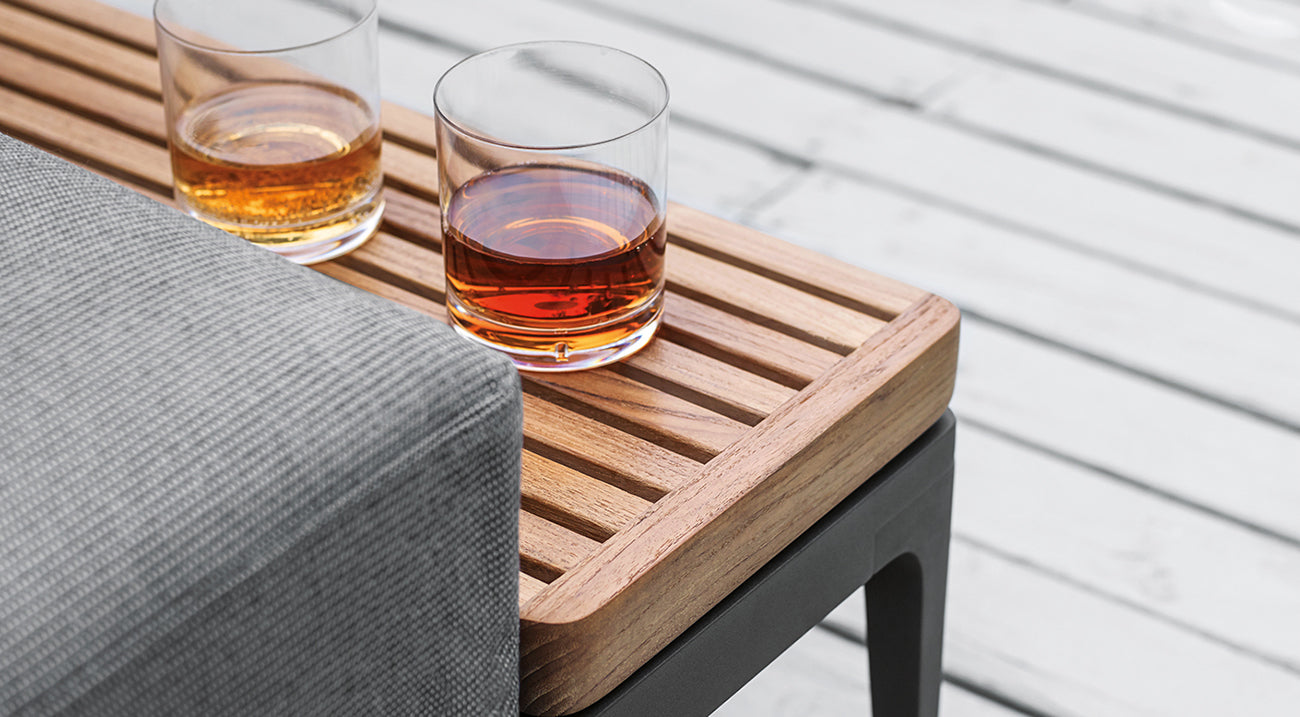

Outdoor Furniture
What Wood Is Best For Outdoor Furniture?
Modified: February 12, 2024
Discover the best types of wood for outdoor furniture and make the right choice for your outdoor space. Explore durable and weather-resistant options for long-lasting furniture.
(Many of the links in this article redirect to a specific reviewed product. Your purchase of these products through affiliate links helps to generate commission for Storables.com, at no extra cost. Learn more)
Introduction
When it comes to outdoor furniture, choosing the right material is crucial for both durability and aesthetic appeal. While there are various options available, wood remains a popular choice due to its natural beauty and timeless charm. However, not all wood is created equal, especially when it comes to outdoor use. Understanding the characteristics of different wood types and their suitability for outdoor furniture is essential for making an informed decision.
In this article, we will explore the best types of wood for outdoor furniture, considering factors such as weather resistance, durability, and maintenance requirements. Whether you're looking to invest in a classic teak bench or a stylish cedar dining set, knowing the strengths and weaknesses of each wood type will help you make a choice that aligns with your preferences and outdoor living needs.
Join us as we delve into the world of outdoor furniture wood, uncovering the unique qualities of various wood species and providing valuable insights to guide you in selecting the perfect wood for your outdoor oasis.
Key Takeaways:
- Teak wood is the top choice for outdoor furniture due to its exceptional durability and natural resistance to water, decay, and pests. Its timeless beauty and ability to age gracefully make it a premier option for outdoor living.
- Proper maintenance and care, such as regular cleaning, protective finishes, and seasonal upkeep, are essential for preserving the beauty and longevity of outdoor wooden furniture. By following these tips, you can ensure your outdoor furniture remains in top condition for years to come.
Types of Wood for Outdoor Furniture
When it comes to outdoor furniture, several types of wood are commonly used due to their natural beauty and ability to withstand the elements. The following are some of the most popular choices:
- Teak: Renowned for its exceptional durability and natural resistance to water, teak is a top choice for outdoor furniture. Its high oil content and tight grain make it resistant to rot, warping, and insects, making it well-suited for long-term outdoor use.
- Cedar: Cedar is prized for its natural resistance to decay and insects. Its distinct aroma and beautiful grain patterns make it a popular choice for outdoor furniture, especially in areas with high humidity or moisture.
- Redwood: Known for its rich color and natural resistance to decay, redwood is a durable and visually appealing option for outdoor furniture. It is also relatively lightweight, making it easy to move and rearrange as needed.
- White Oak: White oak is a strong and durable hardwood that exhibits excellent resistance to moisture and decay. Its strength and attractive grain patterns make it a versatile choice for outdoor furniture, particularly in regions with varying weather conditions.
- Acacia: Acacia wood is valued for its natural beauty and resilience. It is resistant to rot and decay, making it a suitable option for outdoor furniture in various climates.
Each type of wood offers unique characteristics that cater to different preferences and environmental conditions. Understanding the distinct qualities of these wood types is essential for making an informed decision when selecting outdoor furniture that will withstand the rigors of outdoor living.
Characteristics of Different Wood Types
Each type of wood used for outdoor furniture possesses distinct characteristics that determine its suitability for withstanding outdoor conditions. Understanding these traits is essential for choosing the right wood for your outdoor furniture needs:
- Teak: Teak wood is renowned for its natural oils and rubber content, which contribute to its exceptional weather resistance and durability. Its tight grain and high oil content make it resistant to moisture, rot, and pests. Teak develops an attractive silver-gray patina over time when left untreated, adding to its allure.
- Cedar: Cedar wood contains natural oils that act as preservatives, making it resistant to decay and insect damage. Its low moisture content helps prevent warping and cracking, while its distinct aroma adds to its appeal. Cedar is lightweight yet sturdy, making it an excellent choice for outdoor furniture.
- Redwood: Redwood is naturally resistant to decay and insects due to its high tannin content. Its rich color and attractive grain patterns make it a visually appealing choice for outdoor furniture. While redwood is durable, proper sealing and maintenance are essential to preserve its natural beauty and integrity.
- White Oak: White oak is a dense and strong hardwood with excellent resistance to moisture and decay. Its attractive grain patterns and natural durability make it a versatile option for outdoor furniture, particularly in areas with high humidity or fluctuating weather conditions.
- Acacia: Acacia wood is prized for its durability and resistance to rot and decay. It features beautiful natural grain patterns and is well-suited for outdoor furniture due to its ability to withstand various weather conditions.
While these wood types share common characteristics such as natural beauty and resilience, each has unique properties that cater to specific outdoor environments and maintenance preferences. By understanding the distinctive traits of these wood species, you can make an informed decision when selecting outdoor furniture that aligns with your aesthetic and practical requirements.
When choosing wood for outdoor furniture, look for durable and weather-resistant options like teak, cedar, or eucalyptus. These woods can withstand the elements and last for many years with proper maintenance.
Best Wood for Outdoor Furniture
When determining the best wood for outdoor furniture, several factors come into play, including weather resistance, durability, maintenance requirements, and aesthetic appeal. Among the various wood options, teak stands out as a premier choice for outdoor furniture due to its exceptional qualities:
- Teak: Widely regarded as the gold standard for outdoor furniture, teak wood possesses unparalleled natural resistance to water, decay, and pests. Its high oil content and tight grain make it exceptionally durable, allowing it to withstand the harshest outdoor conditions without compromising its structural integrity. Teak’s innate beauty and ability to age gracefully further contribute to its desirability for outdoor furniture.
While teak stands as the top choice for outdoor furniture, other wood types such as cedar, redwood, white oak, and acacia also offer compelling characteristics that make them suitable for outdoor use. Cedar’s natural resistance to decay and insects, redwood’s rich color and durability, white oak’s strength and attractive grain patterns, and acacia’s resilience and natural beauty are all factors to consider when selecting outdoor furniture based on specific preferences and environmental considerations.
Ultimately, the best wood for outdoor furniture is the one that aligns with your desired aesthetic, maintenance capabilities, and the prevailing outdoor conditions in your area. By carefully assessing the unique qualities of each wood type and considering your personal preferences, you can make an informed decision that ensures the longevity and visual appeal of your outdoor furniture.
Maintenance and Care Tips
Proper maintenance and care are essential for preserving the beauty and longevity of outdoor furniture made from different wood types. By following these maintenance tips, you can ensure that your outdoor wooden furniture remains in top condition for years to come:
- Clean Regularly: Use a mild soap and water solution to clean the furniture regularly, removing dirt, dust, and grime. Avoid using harsh chemicals or abrasive cleaners that can damage the wood’s natural finish.
- Protect from the Elements: During inclement weather, consider covering your outdoor furniture with protective covers to shield it from excessive moisture and UV exposure. This helps prevent weather-related damage and extends the furniture’s lifespan.
- Apply Protective Finishes: Consider applying a protective sealant or wood oil to enhance the wood’s natural resistance to moisture, decay, and insects. This helps maintain the wood’s integrity and appearance over time.
- Inspect for Wear: Regularly inspect your outdoor furniture for signs of wear, such as cracks, splintering, or discoloration. Address any issues promptly to prevent further damage and maintain the furniture’s structural stability.
- Seasonal Maintenance: Depending on the wood type and local climate, seasonal maintenance may be necessary. This can include sanding, resealing, or applying a fresh coat of protective finish to ensure the wood remains resilient and visually appealing.
- Storage Considerations: If possible, store outdoor wooden furniture indoors during harsh winter months or prolonged periods of inclement weather. Proper storage helps protect the furniture from potential damage caused by extreme conditions.
By implementing these maintenance and care tips, you can safeguard your outdoor wooden furniture against environmental factors and ensure its enduring beauty and functionality. With regular upkeep and attention to the unique needs of each wood type, your outdoor furniture will continue to enhance your outdoor living space for years to come.
Read more: What Oil Is Best For Outdoor Wood Furniture
Conclusion
Choosing the right wood for your outdoor furniture is a decision that encompasses both practical considerations and aesthetic preferences. By exploring the characteristics of different wood types and understanding their unique qualities, you can make an informed choice that aligns with your outdoor living needs and personal style.
While teak stands out as a premier option for outdoor furniture due to its exceptional durability and natural resistance to the elements, other wood types such as cedar, redwood, white oak, and acacia offer compelling attributes that cater to various environmental conditions and design preferences.
Regardless of the wood type you select, proper maintenance and care are essential for preserving the beauty and integrity of your outdoor wooden furniture. By following recommended maintenance practices and protecting the furniture from the elements, you can ensure its longevity and timeless appeal.
Ultimately, the best wood for outdoor furniture is the one that harmonizes with your outdoor space, complements your lifestyle, and withstands the demands of your local climate. Whether you opt for the classic elegance of teak or the natural charm of cedar, your choice of wood will contribute to the enduring allure of your outdoor sanctuary.
With a thoughtful approach to wood selection, maintenance, and care, your outdoor furniture will continue to enrich your outdoor experiences, providing comfort, style, and lasting memories for years to come.
Frequently Asked Questions about What Wood Is Best For Outdoor Furniture?
Was this page helpful?
At Storables.com, we guarantee accurate and reliable information. Our content, validated by Expert Board Contributors, is crafted following stringent Editorial Policies. We're committed to providing you with well-researched, expert-backed insights for all your informational needs.
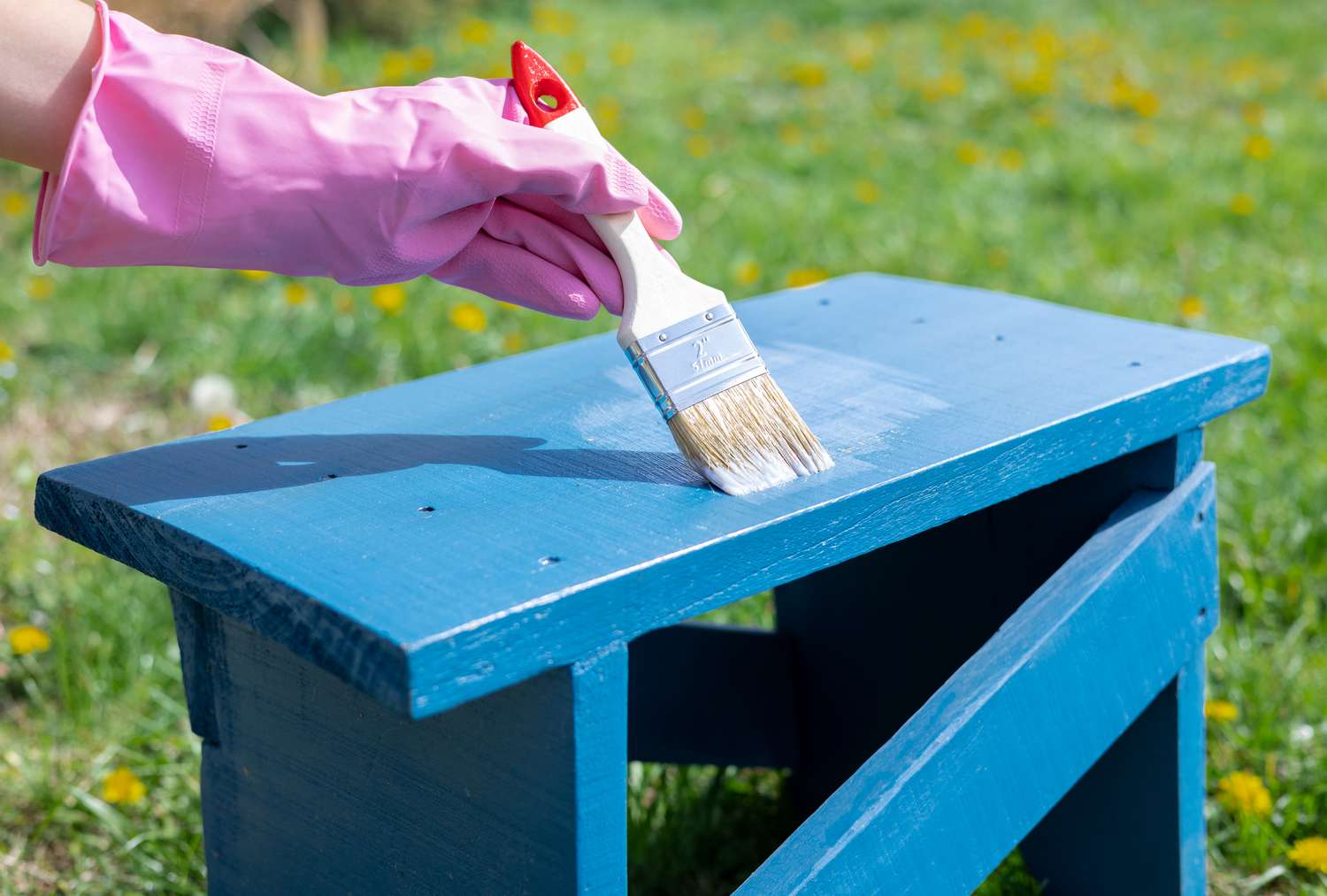
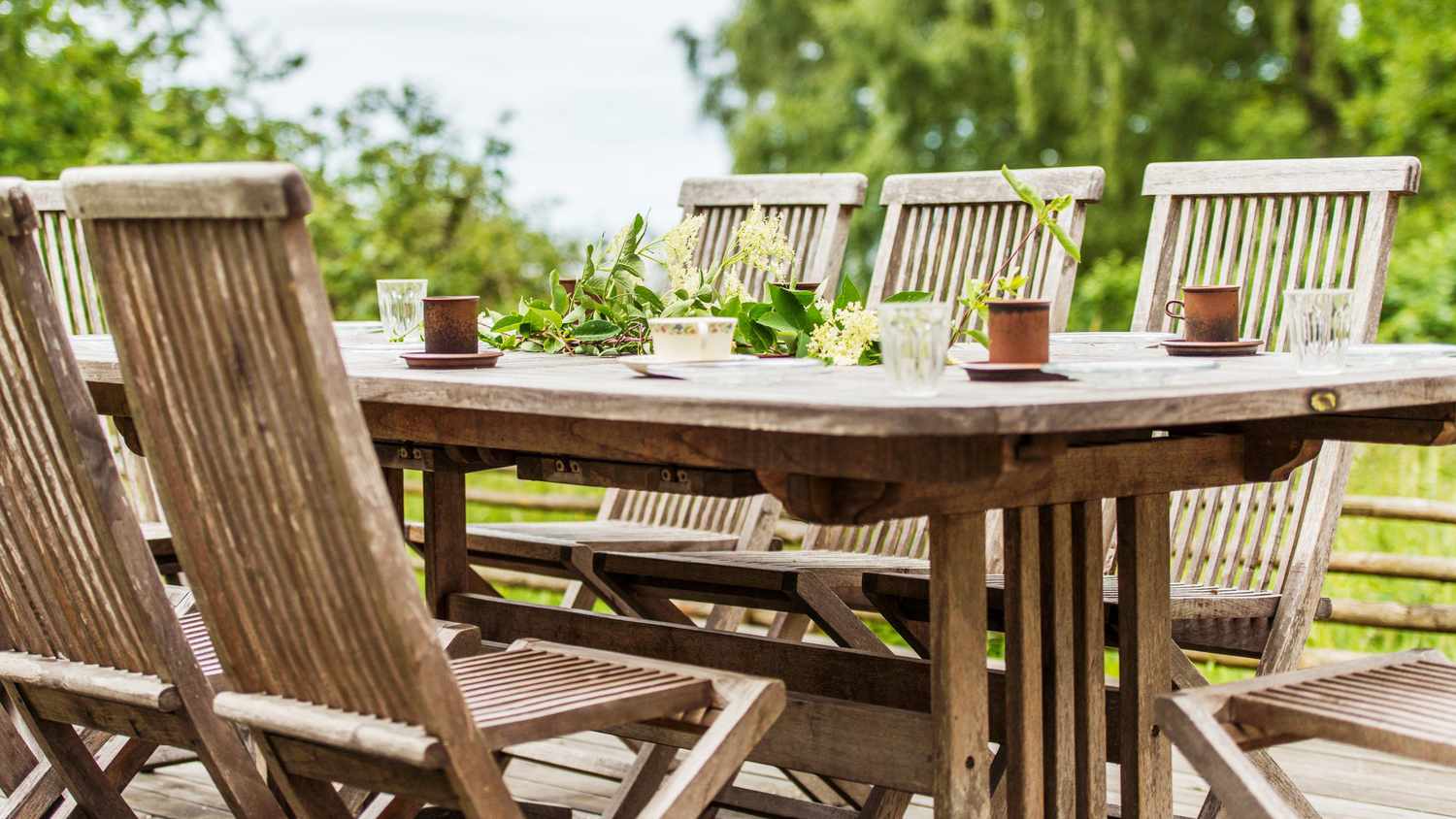
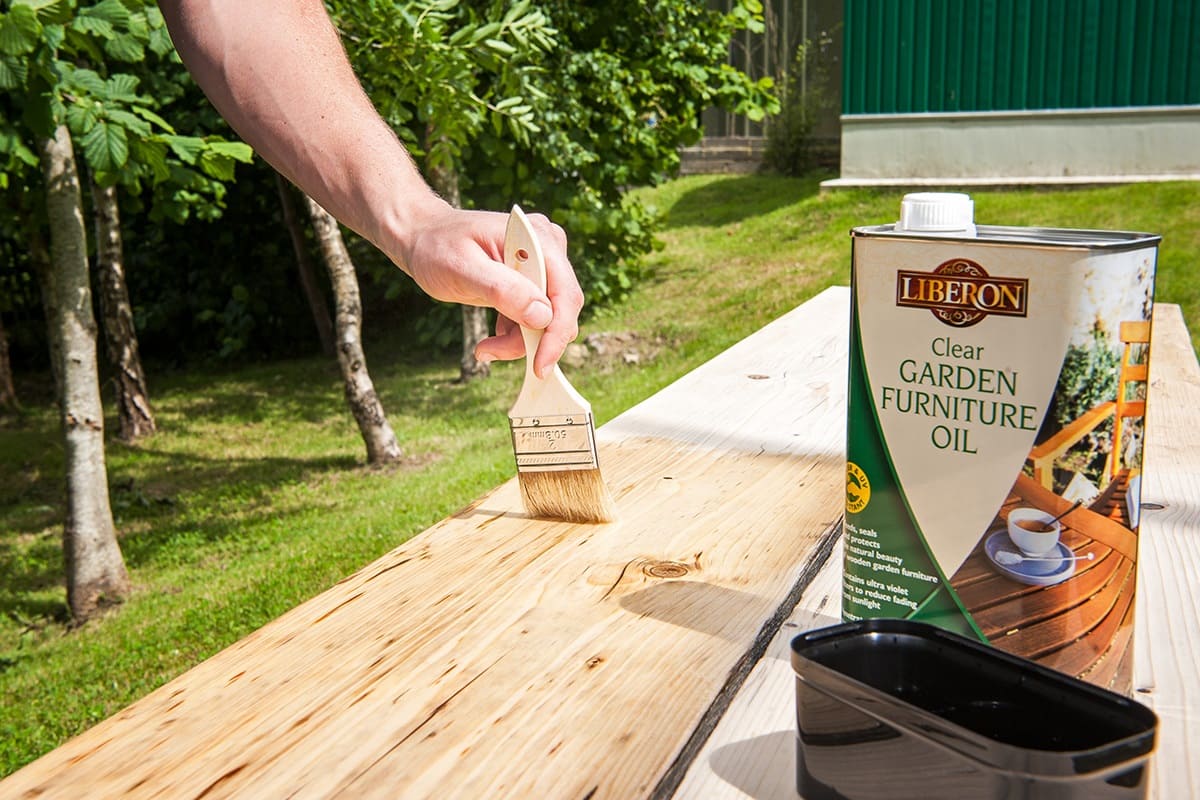
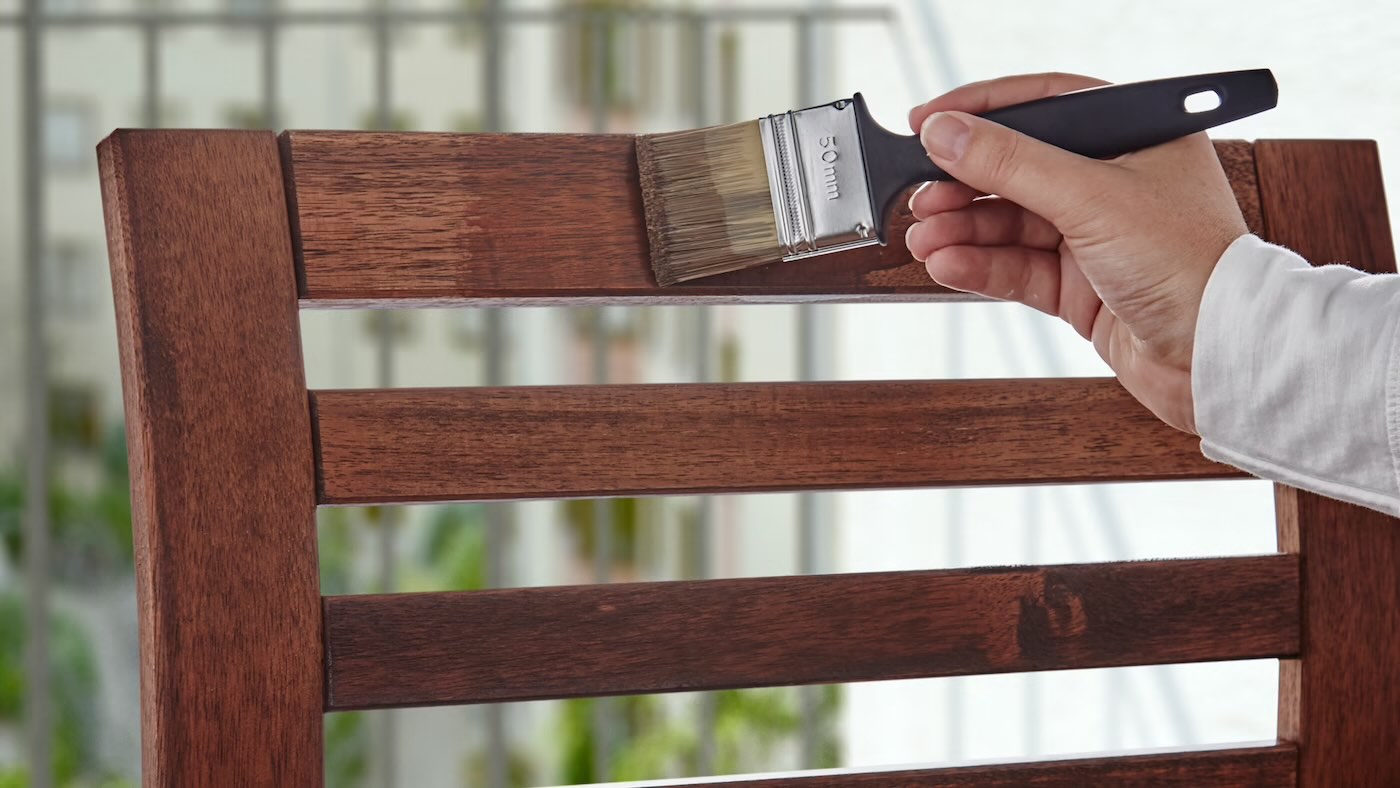
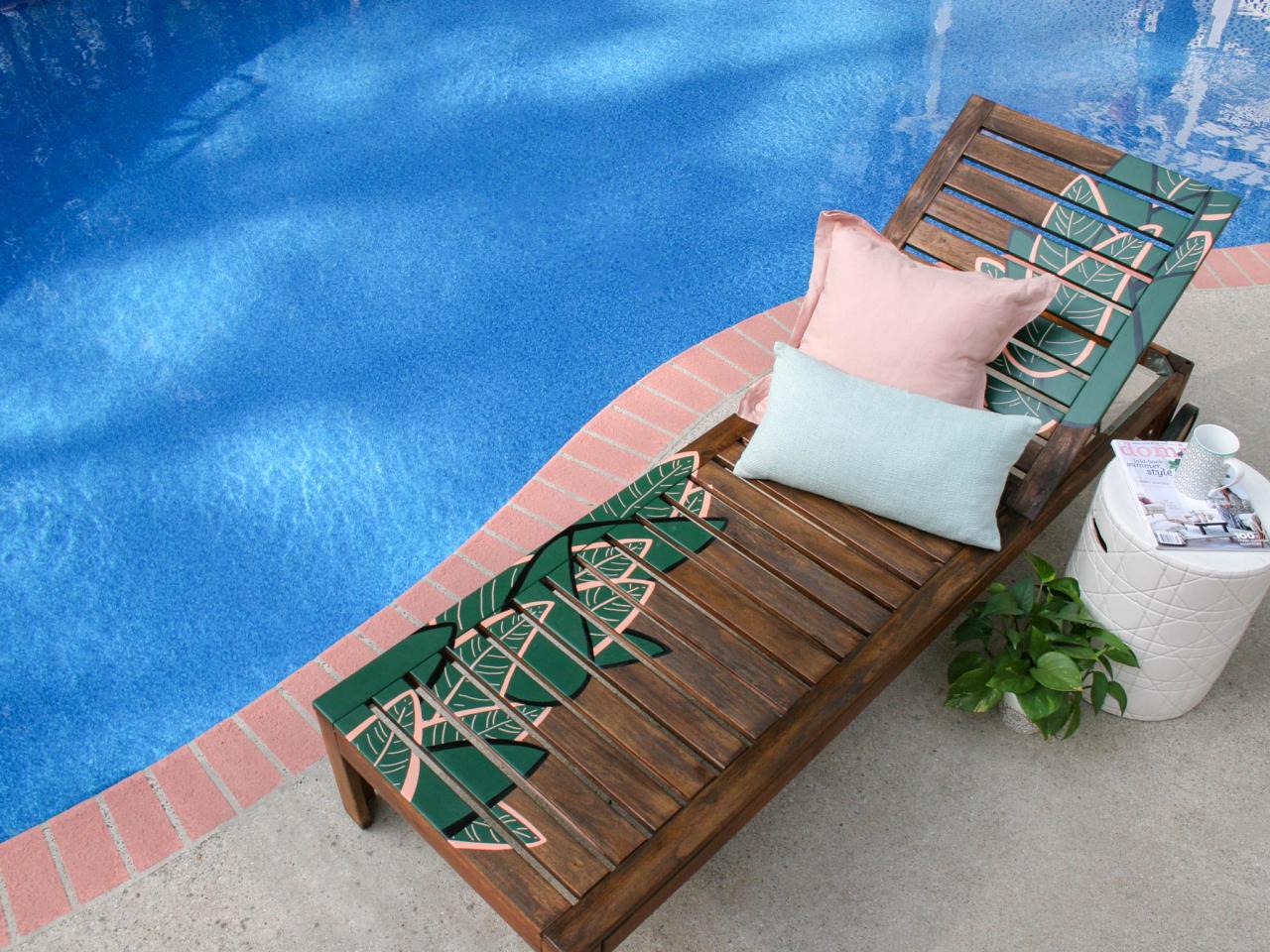
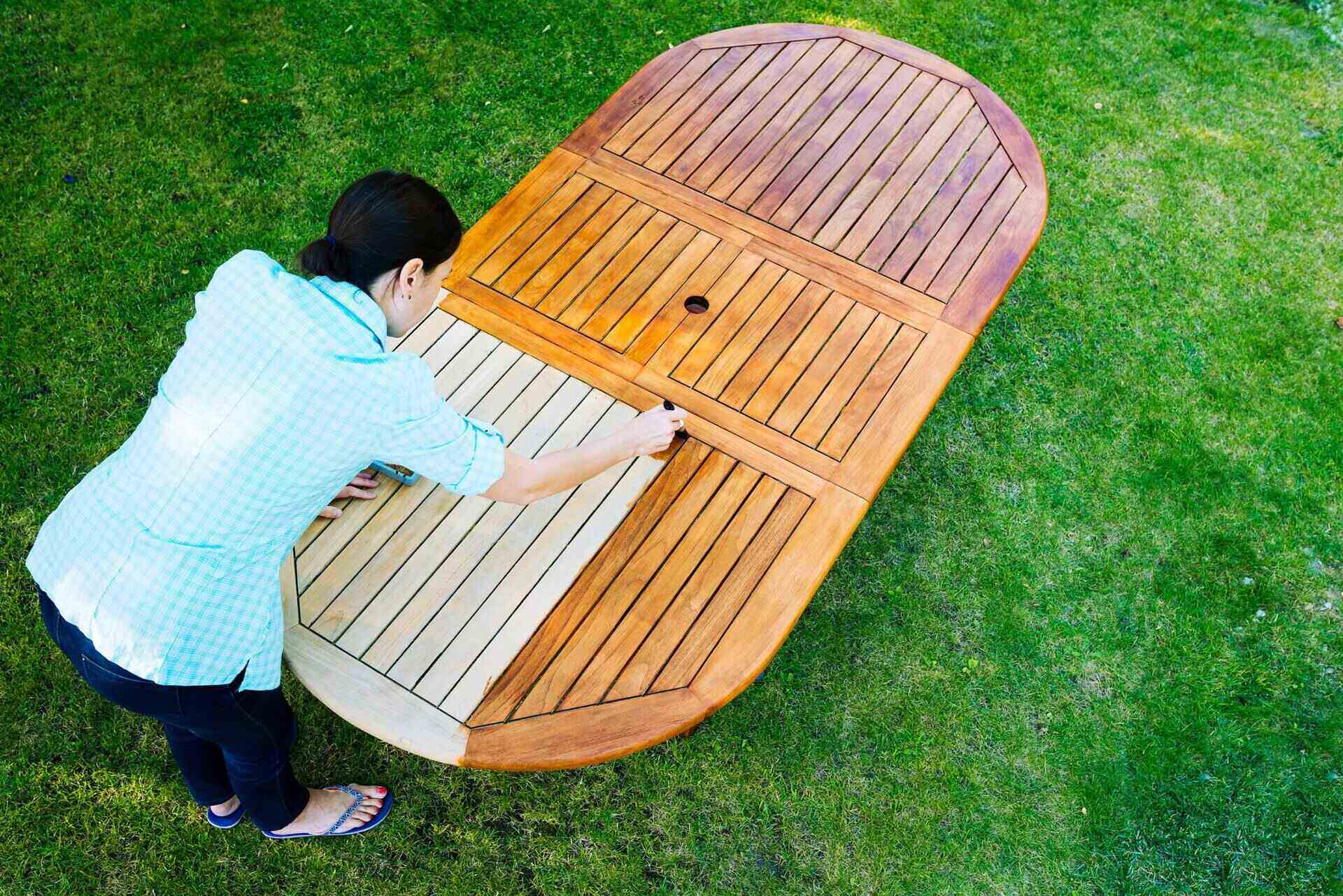
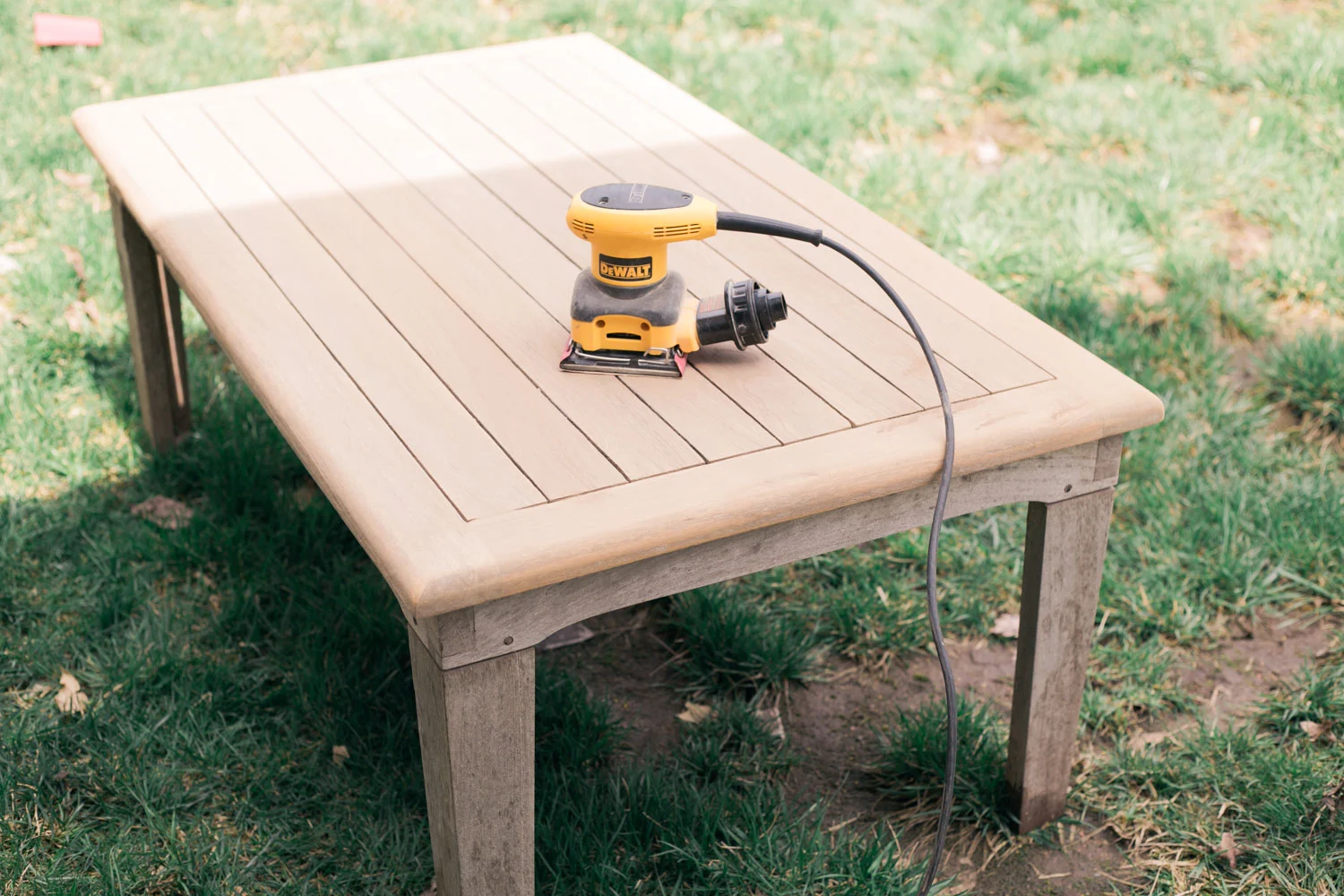
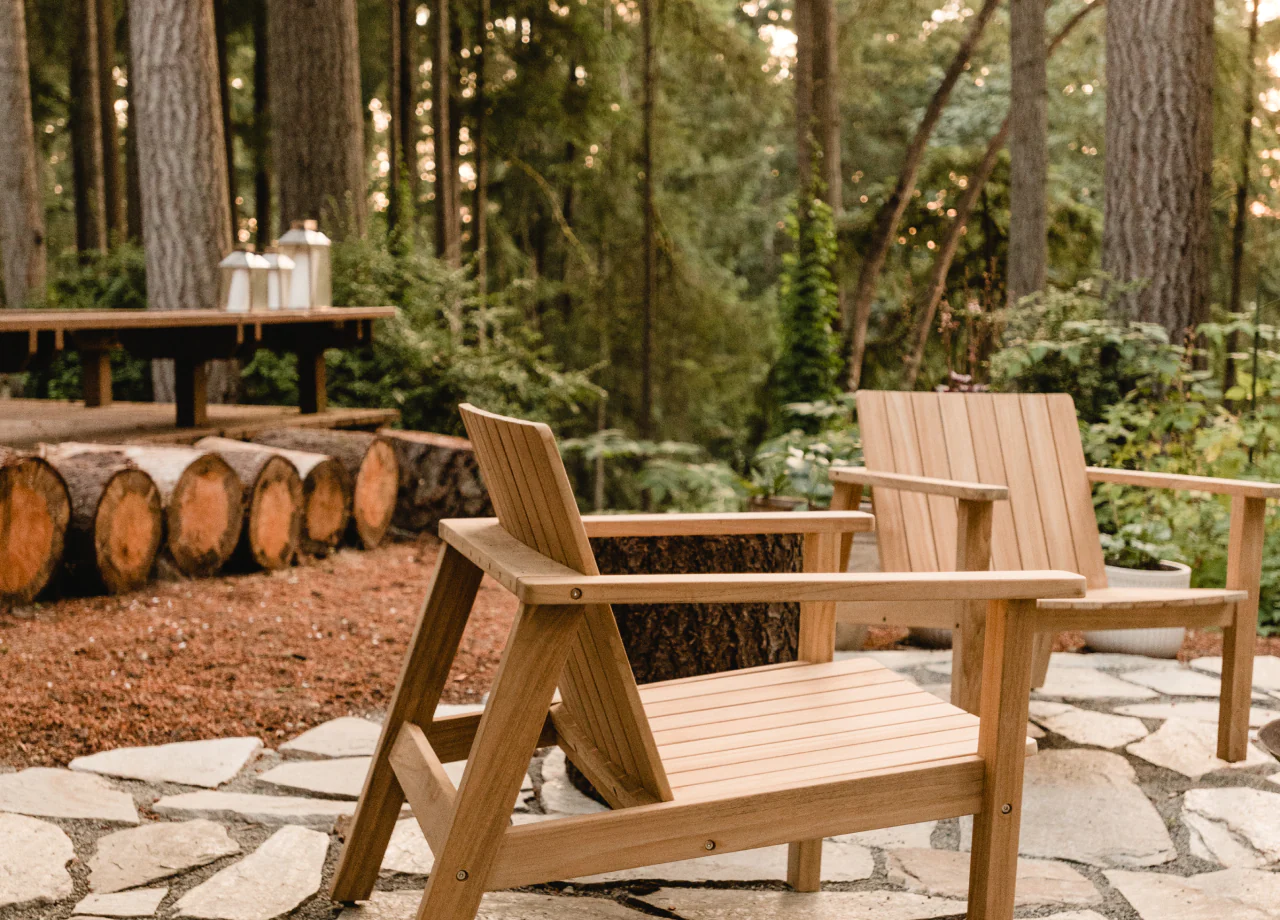
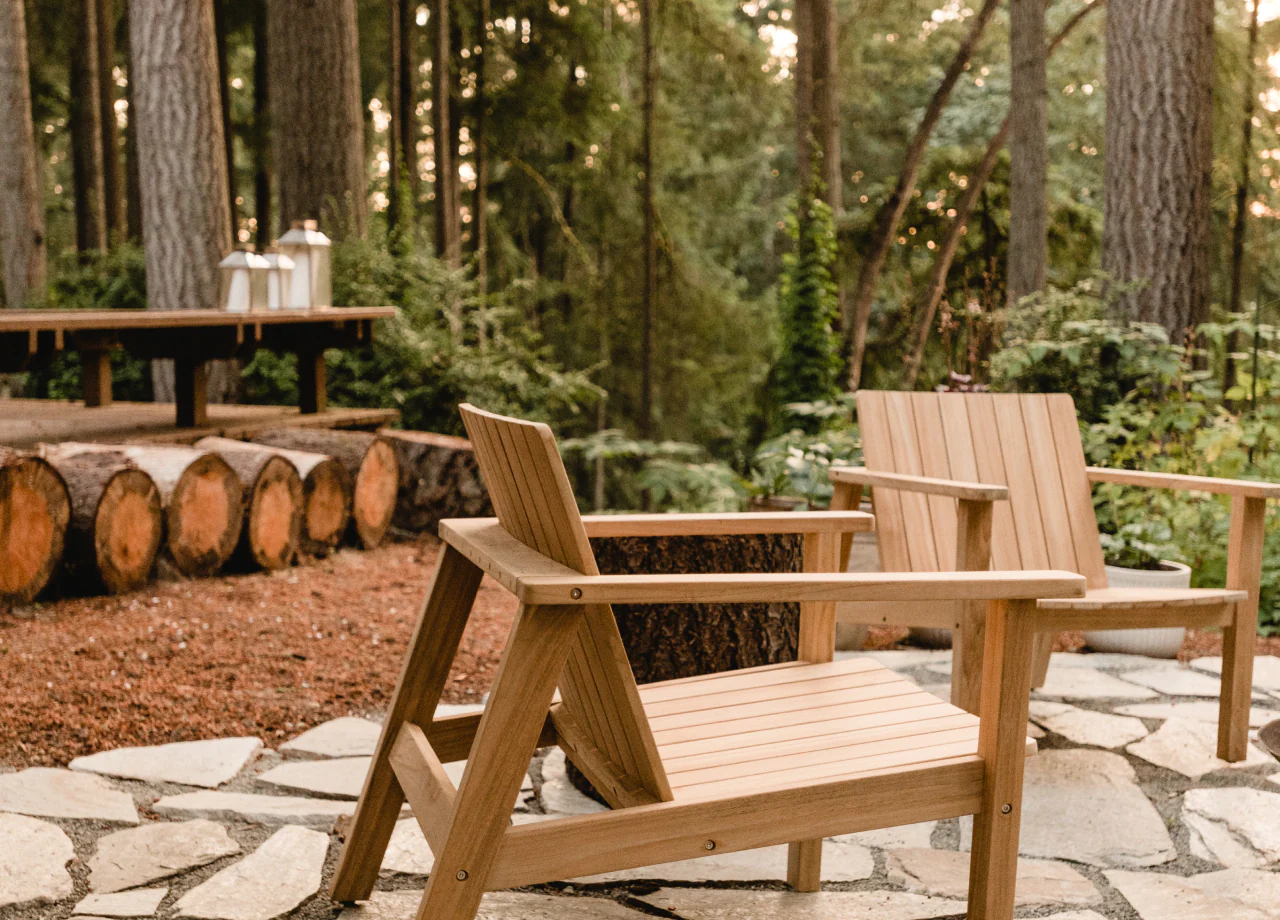
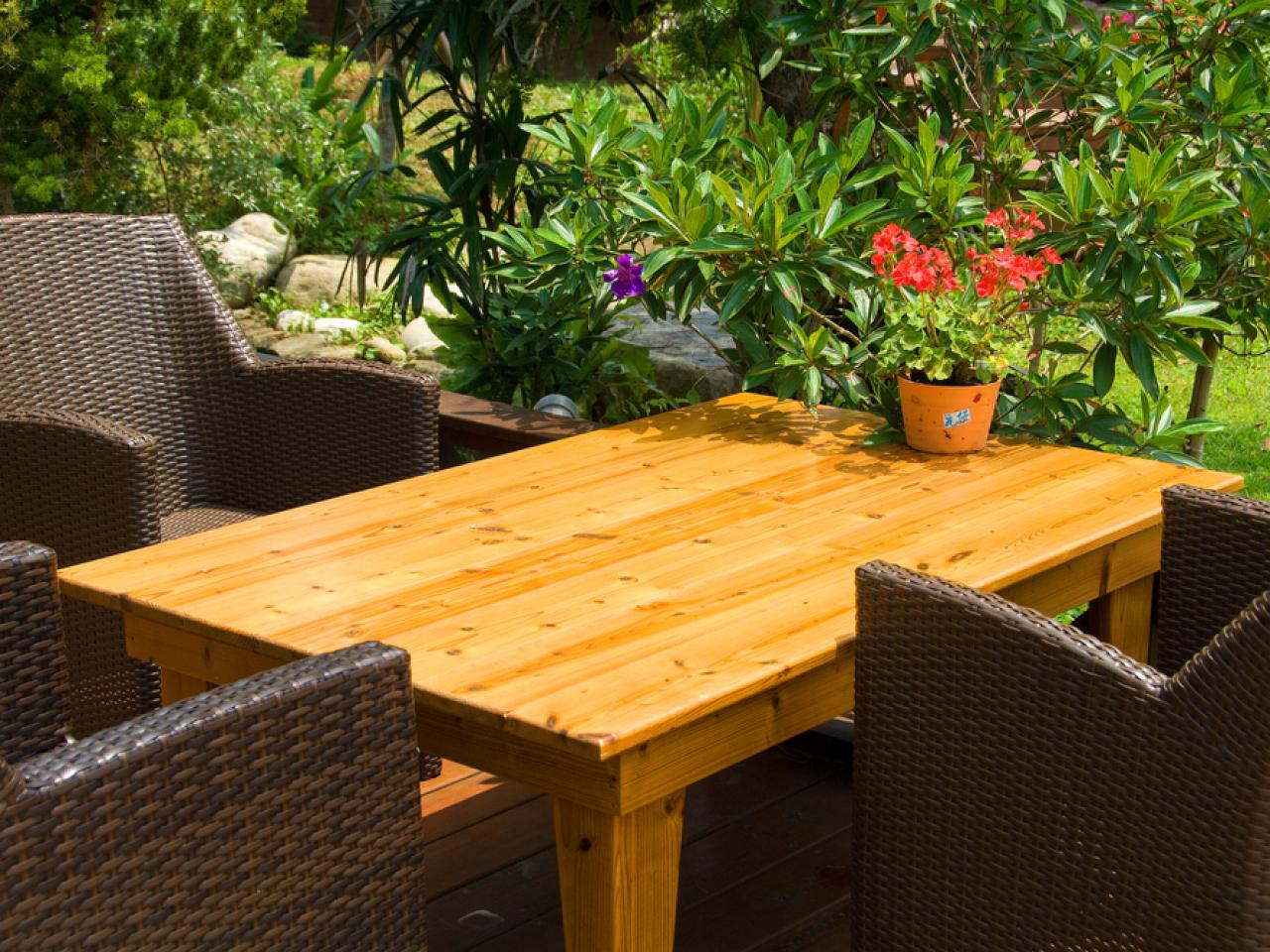
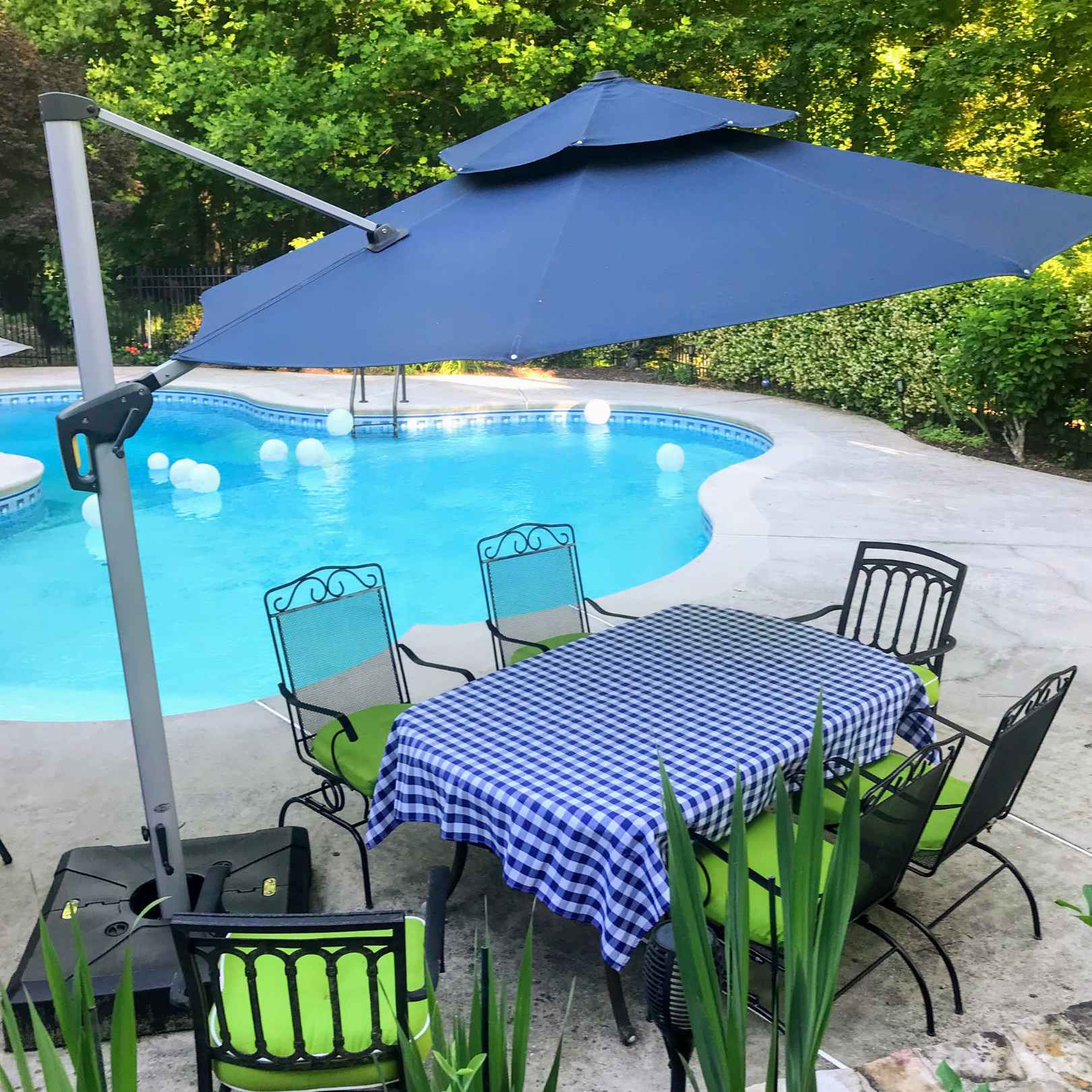
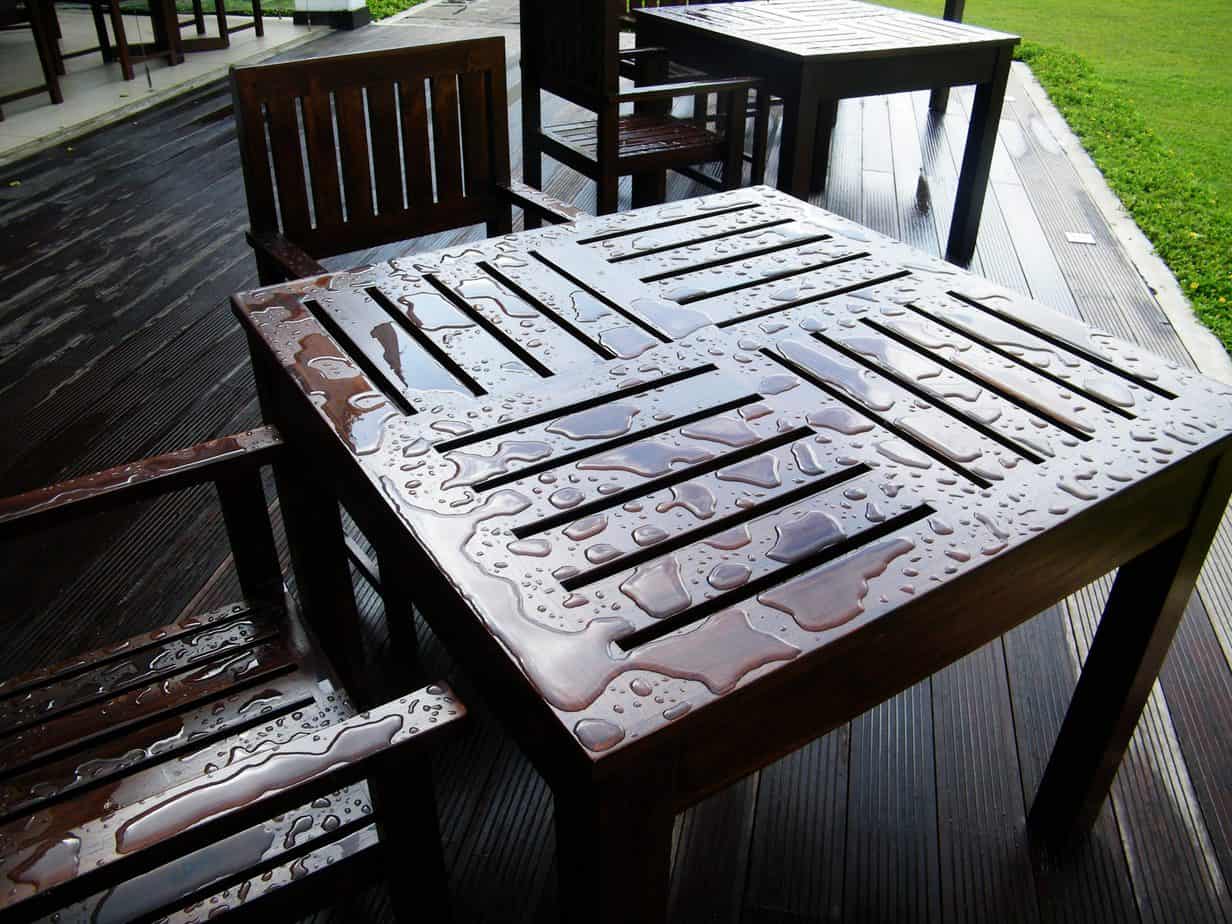
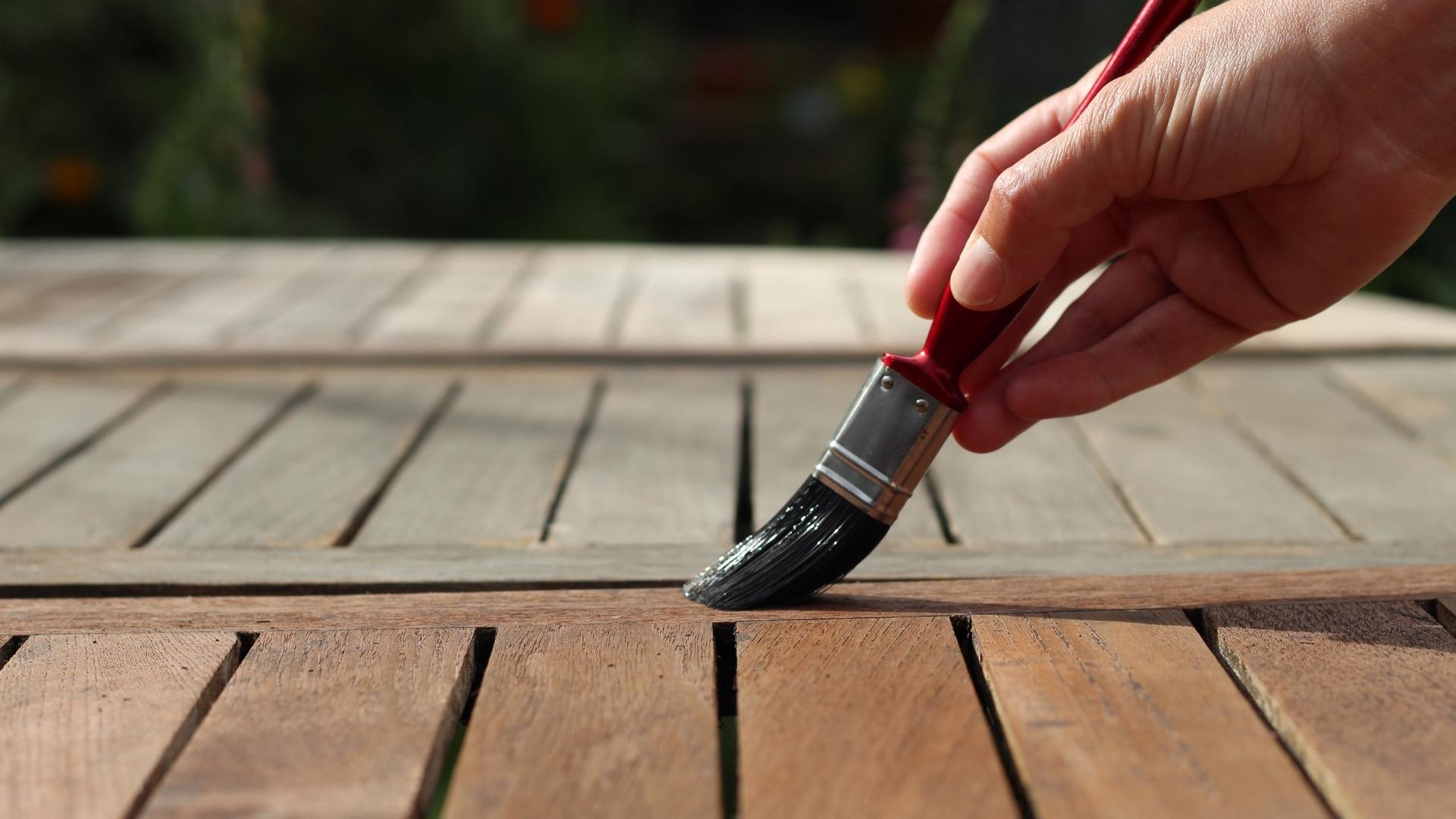
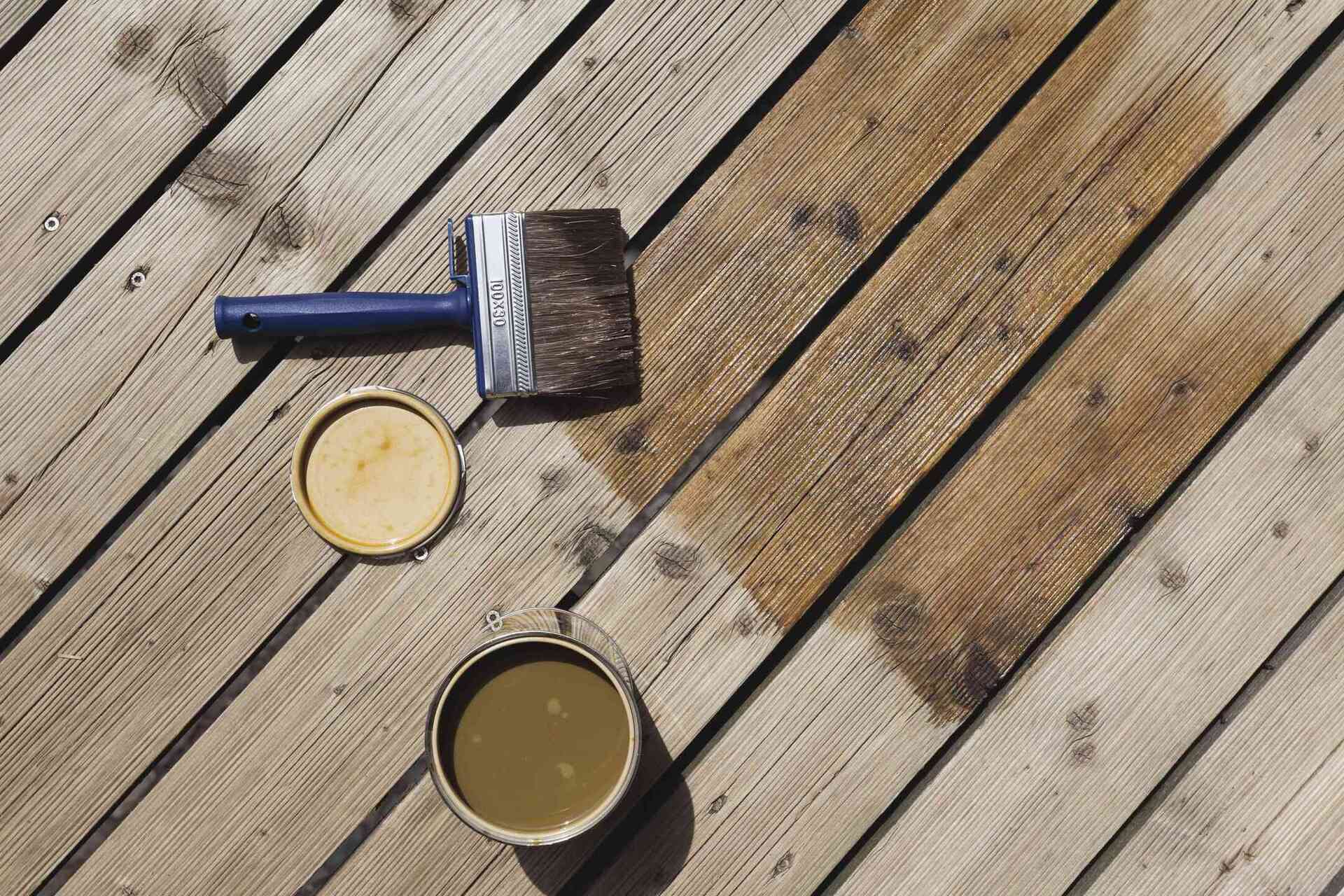

0 thoughts on “What Wood Is Best For Outdoor Furniture?”